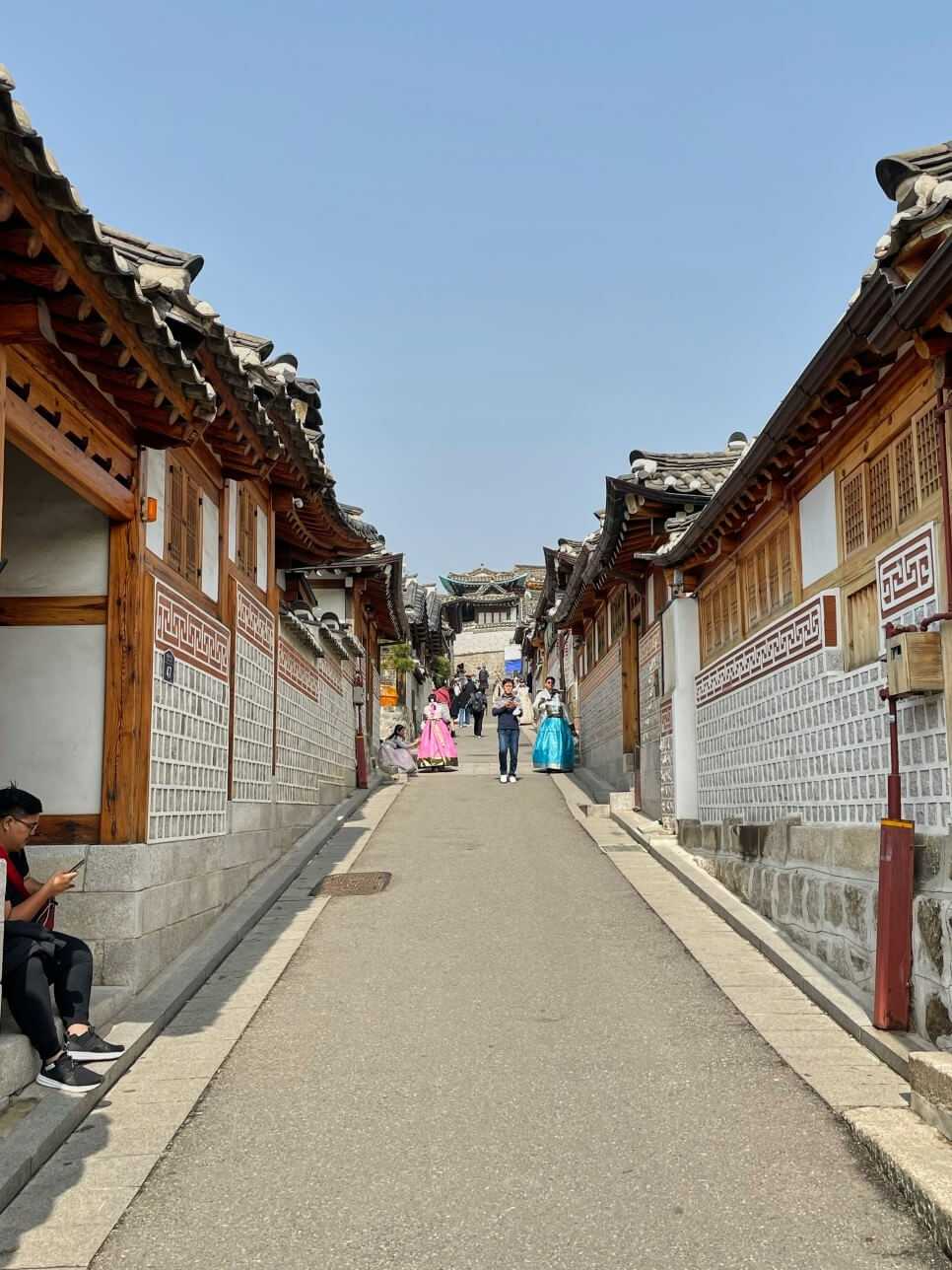Bukchon Hanok Village: Traditional Korean Houses and Cultural Heritage
Nestled in the heart of Seoul, Bukchon Hanok Village offers a unique glimpse into Korea’s rich cultural heritage. This charming neighborhood is home to hundreds of traditional Korean houses, known as hanoks, which date back to the Joseon Dynasty. For those interested in history, architecture, or simply experiencing a slice of traditional Korean life, Bukchon Hanok Village is a must-visit destination.
Exploring the Hanoks
The hanoks in Bukchon are renowned for their distinctive architectural style, characterized by curved roofs, wooden beams, and intricate detailing. These homes are designed to harmonize with their natural surroundings, using materials like wood, stone, and clay. The layout of a hanok typically includes a courtyard, which serves as a central gathering space for families. Visitors can wander through the narrow alleyways of Bukchon, admiring the beautifully preserved hanoks and imagining life in a bygone era.
Many of the hanoks in Bukchon have been converted into cultural centers, guesthouses, and tea houses, allowing visitors to experience traditional Korean culture firsthand. Some hanoks offer workshops where you can learn about traditional crafts, such as calligraphy or pottery. Staying in a hanok guesthouse provides a unique opportunity to experience the traditional Korean lifestyle, complete with ondol (underfloor heating) and futon-style bedding.
Cultural Heritage and Preservation
Bukchon Hanok Village is not just a collection of old houses; it is a living testament to Korea’s cultural heritage. The village has been carefully preserved to maintain its historical integrity, and efforts are ongoing to protect and restore the hanoks. This commitment to preservation ensures that future generations can continue to enjoy and learn from this important cultural site.
The village is also home to several museums and cultural institutions that offer insights into Korean history and culture. The Bukchon Traditional Culture Center provides information about the village’s history and offers cultural programs and exhibitions. The nearby National Museum of Modern and Contemporary Art and the National Folk Museum of Korea are also worth a visit for those interested in exploring Korea’s artistic and cultural heritage.
Practical Tips for Visiting
When planning a visit to Bukchon Hanok Village, it’s important to be mindful of the local residents who still live in the area. The village is a residential neighborhood, and visitors are encouraged to respect the privacy and tranquility of the community. Keep noise levels down, avoid entering private properties, and follow any posted guidelines.
The best way to explore Bukchon is on foot, allowing you to fully appreciate the charm and beauty of the village. Wear comfortable shoes, as the streets can be steep and uneven. The village is easily accessible by public transportation, with Anguk Station on Line 3 of the Seoul Metro being the closest stop.
To make the most of your visit, consider joining a guided tour. Local guides can provide valuable insights into the history and significance of the hanoks and the village as a whole. Additionally, visiting during the week or early in the morning can help you avoid the crowds and enjoy a more peaceful experience.
